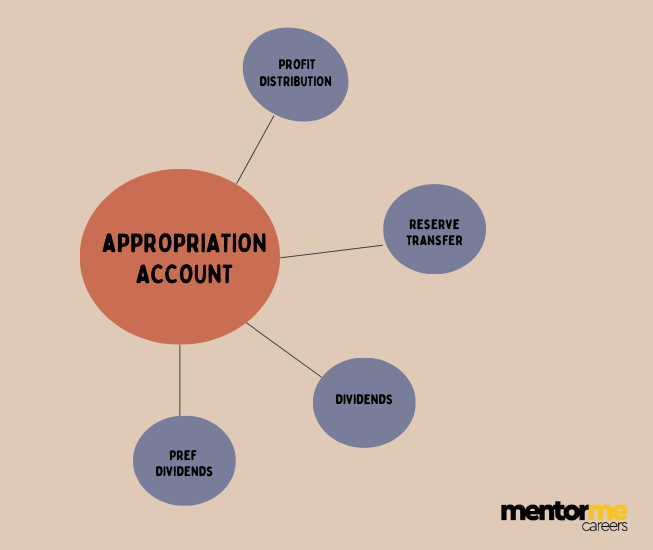Last updated on October 23rd, 2024 at 02:15 pm
So, the way look at securities lending and borrowing is to imaging, if you had some share of a company and have no intention to sell in the near future. What If I tell you that you could lend it to a friend and earn some extra interest on it? If that sounds exciting then this article is for you.

What is Securities lending and borrowing?
First and foremost you need to understand, why would you get into securities lending and borrowing at the first place? So let me first list out the reasons why would do that.
- If you want to short the stock i.e expecting the stock price would depreciate in value
- Secondly, there might arbitrage opportunities i.e when future prices are mis-priced
- Finally, you might have to full fill delivery of securities i.e for example in futures and options.
So, all in all securities, lending and borrowing happens for some monetary requirements. However, you must understand that this deal happens between dealers and brokers, not the investor directly.
Securities Lending and Borrowing Examples
So, now let me take some examples across different assets, to show you how securities lending happens.
- Equities (Stocks): In the equities market, institutional investors like mutual funds, pension funds, and hedge funds often engage in securities lending and borrowing. For instance, a mutual fund that holds a large portfolio of stocks might lend some of its shares to another investor (such as a short seller) who wants to borrow those shares to sell them in the hopes of buying them back at a lower price. The borrower pays a fee to the lender for the privilege of borrowing the shares, and in some cases, the borrower may need to provide collateral as security.
- Fixed-Income Securities (Bonds): Fixed-income securities, such as government bonds or corporate bonds, can also be lent and borrowed. For example, a financial institution that temporarily has excess bond holdings might lend those bonds to another institution that needs them for a specific purpose, such as covering a short position or meeting a settlement obligation. In return, the borrower provides collateral and often pays a lending fee to the lender. This is common in the bond market to facilitate short selling and liquidity management.
- Commodities: Securities lending and borrowing can extend beyond traditional financial instruments to include commodities as well. For instance, consider a scenario where an energy company holds a significant inventory of crude oil and is looking to generate additional income. The company could lend a portion of its oil inventory to a third party, such as a refiner or trader, who needs the oil for refining or trading purposes. The borrower might pay a fee to the lender for borrowing the oil, and the transaction could be collateralized with other assets.
Benefits of Securities Lending
Also, now lets look at summarising the benefits of securities lending and borrowing;
- Enhanced Liquidity: Securities lending and borrowing bolster market liquidity, enabling smoother trading and efficient price discovery.
- Additional Revenue: Lenders generate income by lending their securities, while borrowers can potentially profit from short-selling strategies.
- Optimized Portfolio Management: Institutional investors can utilize securities lending to enhance returns and manage portfolio risk more effectively.
- Cost-effective Short Selling: Borrowers can execute short-selling strategies at a lower cost by borrowing securities instead of purchasing them outright.
- Arbitrage Opportunities: Traders can capitalize on price disparities between securities in different markets by borrowing and lending them.
- Facilitated Settlements: Borrowing securities aids in meeting settlement obligations, reducing the likelihood of transaction failures.
- Diverse Investment Strategies: Investors can explore various investment approaches, including derivatives trading, with borrowed securities.
- Risk Management: Securities lending provides tools for hedging and managing risks related to interest rates, currency fluctuations, and other factors.
- Collateral Utilization: Borrowers can leverage borrowed securities as collateral for other transactions, optimizing capital utilization.
- Market Efficiency: Lending and borrowing support efficient capital allocation and contribute to the overall health of financial markets.
Effects on Corporate Action
Example: Dividend Impact on securities lending and borrowing
Imagine an institutional investor, such as a pension fund, that holds a substantial number of shares in Company XYZ. This investor decides to lend its shares to a short seller who wants to profit from a potential decline in XYZ’s stock price. In return for lending the shares, the investor receives a lending fee.
Now, let’s say that Company XYZ announces a dividend payment to its shareholders. The short seller who borrowed the shares is obligated to return the shares to the lender, even though the lender no longer holds physical ownership of the shares due to the lending agreement.
In this case, the effect of securities lending on dividends is that the lender (the institutional investor) retains the right to the dividend payment even though the shares are on loan. As a result, the lender receives the dividend income from Company XYZ, while the short seller does not. This can be advantageous for the lender, as it effectively increases the overall return from the lending transaction.
Example: Interest Impact
Consider a scenario involving fixed-income securities, such as government bonds. An investment bank holds a large portfolio of these bonds and lends some of them to another financial institution that needs them for a specific purpose, like meeting short-term funding needs or facilitating a complex trading strategy.
The borrower agrees to pay a lending fee to the investment bank for the borrowed bonds. In addition to the lending fee, the borrower is also required to provide collateral to the investment bank, typically in the form of cash or other high-quality securities.
In this case, the effect of securities lending on interest is that the investment bank earns a lending fee from lending its bonds. This fee serves as additional income for the investment bank, potentially boosting its overall profitability. The borrower, on the other hand, benefits by gaining access to the bonds it needs for its operations or investment strategies without having to purchase them outright. This can be more cost-effective for the borrower compared to alternative methods of acquiring the bonds.
In both of these examples, securities lending and borrowing have tangible effects on dividends and interest income, impacting the returns earned by lenders and borrowers, respectively.
Frequently Asked Questions
So let me cover some frequent questions on SLB;
Who lends the securities in SLB(Securities lending and borrowing)?
Usually, long term investors like insurance companies and mutual funds are the lenders.
What is the maximum contract length for SLB?
The maximum tenure of SLB is usually 12 months in India
What is the interest Rate on SLB?
The interest rate on SLB varies as per market conditions.
Which securities or stocks can be lend?
Any securities which has a derivative can be lend in the SLB structure.
Conclusion
So securities lending and borrowing is a complex trading activity and also attracts some legibility. For example a broker like Zerodha, has a limitation that the minimum no of shares should be around 500 and the amount has to be greater than 1 lac.



